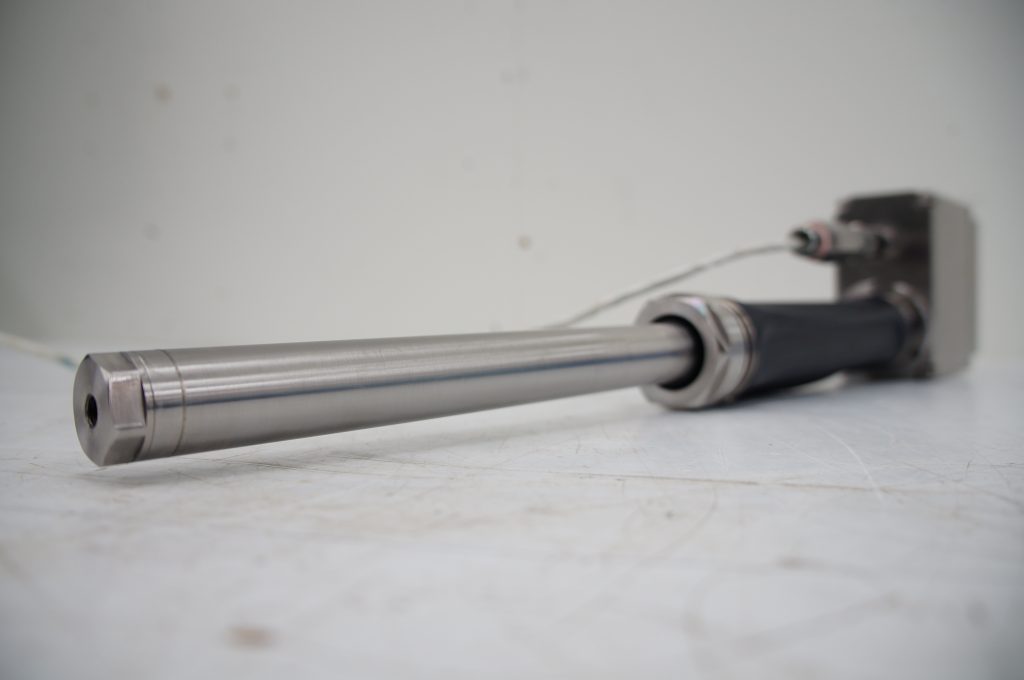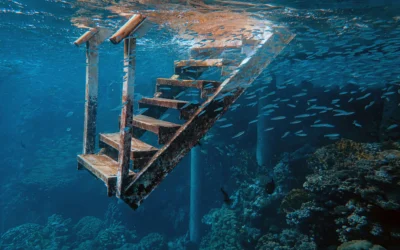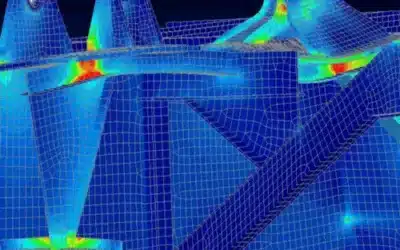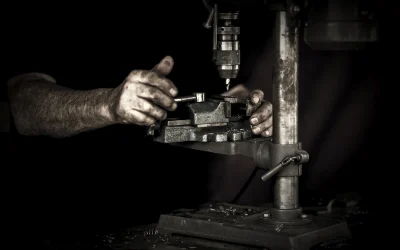Due to sensitive subject matter, many client and project details have been omitted.
Alarm bells are sounding.
Polish President Andrzej Duda has recently called for all NATO member states to increase their defence spending to 3% of GDP. The reason for his remarks is obvious, if Vladimir Putin succeeds in Ukraine, Poland will be among the next to be invaded.
Yet today, of the 32 NATO members, only 10 are meeting or exceeding the current 2% GDP target requirement. Canada is among those who are not, with only 1.3% of Canada’s $1.93 trillion gross domestic product (or $36.7 billion) being spent on defence.
We spend 4.6 times this amount on our Department of Finance. But that may soon change. Domestic and international pressure, friendly and otherwise, is pushing parliament to re-evaluate this key expenditure.
Since the formation of NATO in 1949, defense spending and expenditures of member states are regularly reviewed.
The definition of these expenditures may sometimes slightly change, but the budgets consistently include the following primary areas of spending, salaries and benefits for personnel, research and development, training, operations, and procurement and maintenance of equipment and assets.
It is the latter that can really drive up the costs. And with government coffers stretched to their limits and ever-increasing instability on the global stage, there is no surplus of time nor money.
We must do the most we can with the resources we have.
The Changing Horizon
As advancements in technology, changes in warfare tactics and shifts in geopolitical landscapes make current military equipment obsolete, government procurement bureaus must look towards resourceful, skilled, and secure outside help to maintain a competitive advantage without blowing the budget.
Adapting to these ever-evolving needs and parameters takes intelligence and skill that can respond quickly to the challenges.
Technological advancements quickly render existing military hardware obsolete. A prime example is found within the surveillance sector. Ship-based sonar systems used for detection of nefarious subsea threats have traditionally been vessel-mounted dome-based systems. These sonars were designed, built, and fitted in the 1980s and 90s, in terms of military capability, that is eons ago.
Inherent physical limitations prevent dome sonar getting deep enough to provide adequate cover for modern submarine warfare, leaving both naval and commercial seacraft exposed. While technically these sonar systems may not be obsolete, per se – they still work – electronic components are in dire need of upgrading and their capabilities must be ameliorated and expanded.
The obvious answer is to re-fit the system with a new up-to-date sonar dome. However, the dome would require the same power requirements and controls as the old system and would do nothing to address the physical limitations of the inherent design.
Lateral Thinking
Towed array and variable depth sonars have fewer physical limitations and increase the detection capabilities by orders of magnitude. Incorporating these systems is much less complicated and costly than retrofitting a new dome sonar beneath the bow of a warship.

Figure 1- A Towed Array – courtesy GD UK
These towed array systems must adhere to the specifications inherent to military operations. These standards are referred to as MIL-SPEC or MIL-STD.
But who can competently execute and deliver at this level?
The challenges presented by evolving warfare tactics, and the changes in the geopolitical landscape are compounded by a shortage of personnel.
Within the armed forces, as with every other facet of our society, there is a significant shortage of personnel to perform the work.
As declared by Royal Canadian Navy (RCN) commander, Vice Admiral Angus Topshee, “The RCN faces some very serious challenges right now,” he warns, “that could mean we fail to meet our force posture and readiness commitments in 2024 and beyond.”
However, there are a few select private entities that can confidently offer a level of precision and competency to whom defence departments can turn.
Making It Fit
Over the past two decades, Enginuity Inc has undertaken many defence system upgrades as part of its re-fitting and retrofit engineering service, offering not only renewed life to time-expired component systems, but tackling upgrades when the needs arise.
The complexities of a retrofit can be daunting, especially when the new components must interface seamlessly with the existing system while exceeding previous performance requirements
Recently, the Enginuity team was tasked with the design and rebuild of a linear actuator for a client. The parameters were tight. A military grade component that requires specific capabilities cannot often be bought off the shelf.
Furthermore, the client required increased performance without changing any of the original design constraints. Put simply, they wanted double the load and twice the depth without changing the unit mass or power consumption; all while being able to interface seamlessly with the original controls system.
But the benefits of a bespoke component go well beyond technical improvements and upgrades. Commissioning Enginuity’s Aerospace and Defence team to build a custom component allows the client to maintain and control all Intellectual Property (IP) associated with the project. This provides an ease of potential future modifications, which, if history is any indication, is inevitable.
“Refit” vs “Retrofit” – What’s the difference?
These terms are often interchanged, but their meanings are somewhat different.
Refit: Repair or replace parts to ensure an asset is back in good condition or up to standard. Refit can also imply making necessary modifications for a different purpose but often within the same general usage or context it was initially designed for.
Retrofit: To retrofit means to add a component or accessory to something that it didn’t have when originally manufactured. Retrofitting often involves updating older systems with new technology or features to improve functionality, efficiency, or to meet new standards.
Developing and protecting this IP offers an operational advantage that prevents our allies having to seek replacement systems from suppliers who may not be as committed to security as the other parties involved. This maintains the integrity and sovereignty of the organisations while keeping the performance improvements within budget.

Custom Linear Actuator
Commercial Re-Considerations
In naval systems, as in aerospace assets, many components are life-limited and expire at a predetermined timeframe or after a certain number of cycles completed. These parts must be replaced regardless of condition.
These inherent expenditures ensure the maintained reliability of the asset and the protection of all associated personnel.
But it is not only the military that values its equipment and people.
What is MIL-SPEC and MIL-STD?
Understanding the application and complying with MIL-SPEC and MIL-STD is critical when working with the US Defence Department (DoD). These specifications and standards are also recognized by other NATO allies. These designations ensure quality, reliability, and compatibility in materials, products, and processes used in military and aerospace applications.
While these terms may sound and look similar purposes within the defense procurement and manufacturing sectors.
Industries such as Oil and Gas, Search and Rescue, and the burgeoning Marine Renewable sector all operate in harsh environments that are accompanied by inherent dangers and performance considerations.
Operators in these industries must also navigate inflating costs, long lead times and design complexity, much the same as their defence counter parts. Enginuity’s mechanical team helps retrofit and add capabilities to a platform at a fraction of the price of building a brand new one. Often integrating technologies with just enough modification to allow the commercial entity to record minimal downtime.
An example of this retrofit and modification is exemplified in the James Fisher Decommissioning SEABASS tool seen here.
Ensuring the safety of our children and children’s children will take a concerted effort, given the threats that we are facing. And although we may task our military personnel to protect us, it is incumbent that we all contribute, recognize the threat and work together to maintain our hard-fought freedom.
Like all organisations, National Defence departments have mission statements, which may differ from that of Enginuity’s. However, the end goal is the same – the ensured sovereignty of the global community and fair winds and following seas.





